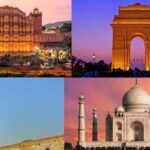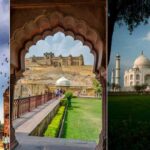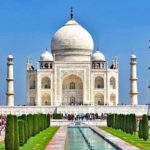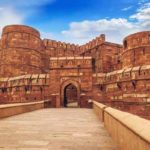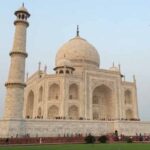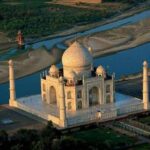Why Golden Triangle Tour is so famous? is because it offers a rich and compact journey through India’s most iconic destinations: Delhi, Agra, and Jaipur. This route showcases a blend of India’s Mughal, Rajput, and British colonial history, highlighted by world-renowned landmarks such as the Taj Mahal, Amber Fort, and Red Fort.
In Delhi, travelers experience the mix of ancient and modern India, with its bustling streets, monuments, and vibrant culture. Agra’s Taj Mahal, a symbol of love, and the majestic Agra Fort represent the grandeur of the Mughal Empire. Jaipur, the “Pink City,” immerses visitors in Rajasthan’s royal heritage, with its magnificent palaces, forts, and vibrant bazaars.
The tour is easily accessible, with well-connected roads and organized packages that cater to both domestic and international tourists. This makes it an ideal introduction to India’s diverse culture, architecture, and history within a short, convenient journey.
The highlights of India’s Golden Triangle
The Golden Triangle Tour highlights three of India’s most famous cities: Delhi, Agra, and Jaipur. Each city offers unique attractions that showcase the country’s rich history, culture, and architectural brilliance.
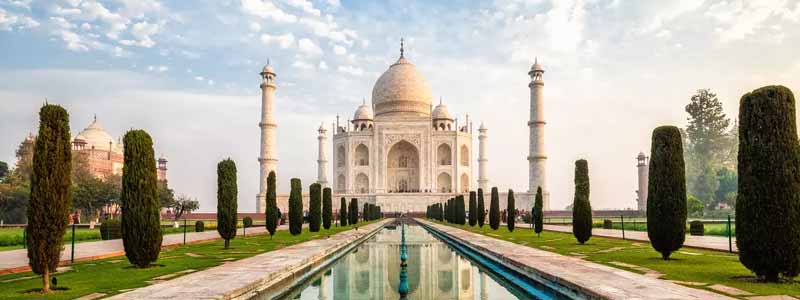
Agra – The Epitome of Mughal, Marble and Marvel
Agra, located in northern India, is a city steeped in history and renowned for its stunning architectural marvels, making it a must-visit destination for tourists. The crown jewel of Agra is the Taj Mahal, a UNESCO World Heritage site and one of the Seven Wonders of the World. This magnificent mausoleum, built by Emperor Shah Jahan in memory of his wife Mumtaz Mahal, is famous for its exquisite white marble architecture and intricate inlay work, attracting millions of visitors annually.
Beyond the Taj Mahal, Agra boasts other historical treasures. The Agra Fort, another UNESCO site, showcases stunning Mughal architecture with its red sandstone walls, palaces, and gardens. The fort served as a significant royal residence and military stronghold during the Mughal era.
Visitors can also explore Fatehpur Sikri, a well-preserved ghost city built by Emperor Akbar, featuring impressive structures like the Buland Darwaza and the Jodha Bai Palace.
Agra’s vibrant markets, such as Sadar Bazaar, offer local handicrafts, leather goods, and the famous Agra petha (a sweet delicacy). With its rich history, cultural experiences, and culinary delights, Agra provides a captivating glimpse into India’s glorious past, making it an essential stop on the Golden Triangle Tour.
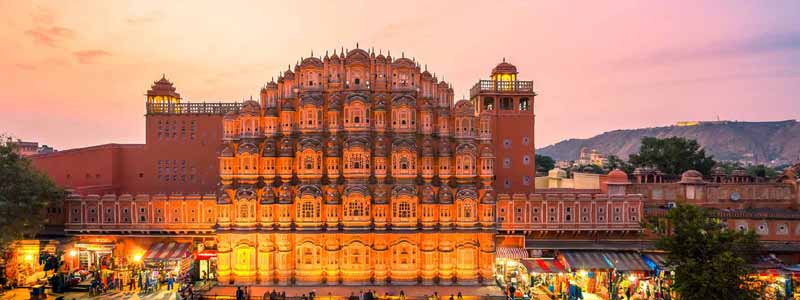
Jaipur – City of forts with hidden temples
Jaipur, the capital of Rajasthan, is a vibrant city known for its rich history, stunning architecture, and colorful culture. Often referred to as the “Pink City” due to its distinctly colored buildings, Jaipur is a UNESCO World Heritage site that attracts tourists from around the globe.
Key attractions include the Amber Fort, an impressive hilltop fortress with intricate palaces and scenic views, and the Hawa Mahal, or “Palace of Winds,” famous for its unique façade and numerous windows. The City Palace, a blend of Mughal and Rajput architecture, still serves as a royal residence and features museums showcasing royal artifacts.
Visitors can explore the bustling markets like Johari Bazaar and Bapu Bazaar, where traditional Rajasthani handicrafts, textiles, and jewelry can be found. The city’s rich culinary scene offers delicious local dishes, including dal baati churma and gatte ki sabzi, Why Golden Triangle Tour is so famous?.
Cultural experiences, such as folk dance performances and camel rides, provide deeper insights into Rajasthani traditions. With its magnificent palaces, forts, and vibrant culture, Jaipur is a must-visit destination for anyone traveling to India.
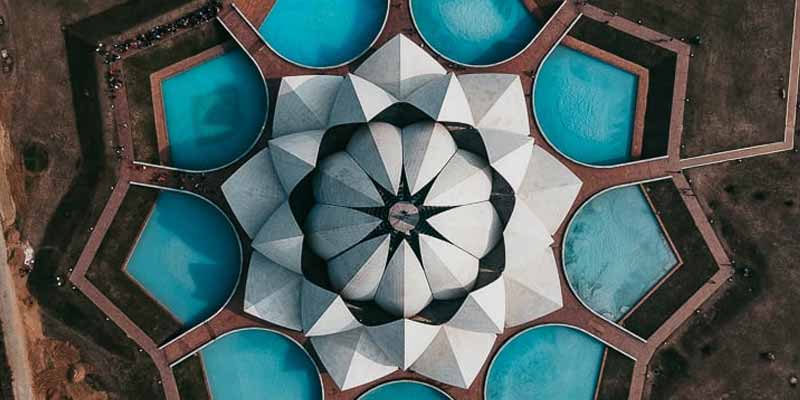
Delhi – Infusion of Islamic life with exquisiteness
Delhi, the capital city of India, is a vibrant blend of history, culture, and modernity. As a city that has witnessed the rise and fall of several empires, Delhi offers a wealth of historical landmarks and attractions.
Historical Sites: Key attractions include the Red Fort, a UNESCO World Heritage site known for its stunning Mughal architecture, and the Qutub Minar, the tallest brick minaret in the world. The Humayun’s Tomb showcases beautiful Mughal gardens, while India Gate serves as a memorial for Indian soldiers.
Cultural Experiences: Delhi is a cultural melting pot, offering diverse culinary experiences ranging from street food in Chandni Chowk to fine dining. The city hosts numerous festivals and events, providing visitors with a taste of Indian traditions.
Modern Attractions: The modern side of Delhi features contemporary shopping malls, art galleries, and parks, such as Lodhi Gardens. The Lotus Temple, with its unique flower-shaped design, stands as a symbol of peace and harmony.
Accessibility: Well-connected by air, rail, and metro, Delhi serves as an ideal base for exploring nearby attractions, including Agra and Jaipur, making it a key stop in the Why Golden Triangle Tour is so famous?.
The best time for the Indian Golden Triangle
The best time to visit the Golden Triangle—comprising Delhi, Agra, and Jaipur—is from October to March. During this period, the weather is pleasantly cool and dry, making it ideal for sightseeing and outdoor activities.
October to November marks the onset of winter, with temperatures ranging from 10°C to 25°C (50°F to 77°F). This is a great time to enjoy the vibrant festivals, such as Diwali, which usually falls in October or November.
December and January are the coldest months, with temperatures sometimes dropping to around 5°C (41°F). Despite the chill, this season offers clear skies and minimal rainfall, perfect for visiting iconic attractions like the Taj Mahal and Amber Fort.
February to March sees a gradual warming, with temperatures between 15°C to 30°C (59°F to 86°F), making it another favorable time to explore the Golden Triangle before the heat of summer sets in.

